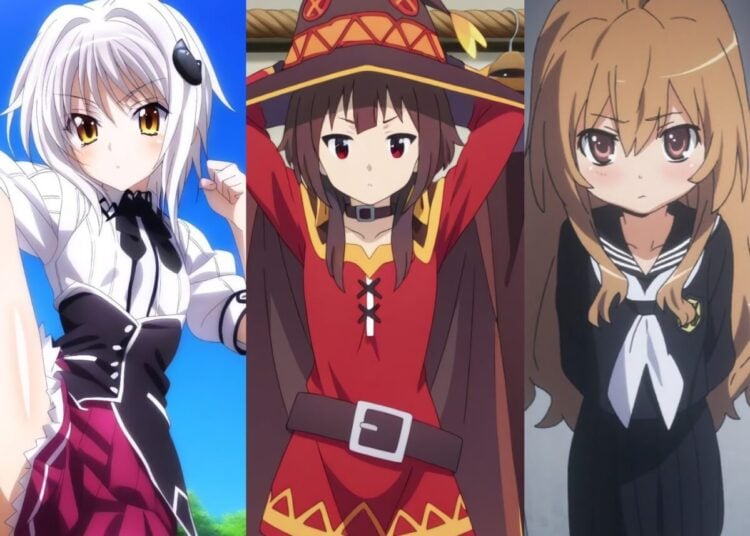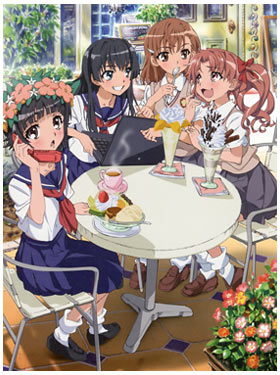Last time I discussed the words wabi and sabi, two poetic terms from Zen Buddhism which basically tell us to appreciate the austere simplicity in things that are old or imperfect. Although the words are commonly used in Japan, say to remark on how cool a lonely old train station is, they’re pretty difficult to explain to someone, especially if you were doing it in a foreign language. If you ever wanted to torture a Japanese person, then, try asking them to explain what wabi and sabi mean in English, and watch them get a big Sailor Moon-esque sweat drop on their heads. Another concept that would be difficult to explain would be the two Japanese words for “love.” The first one is koi, which describes the hot, romantic love of dating or early marriage, and the second is ai, which is the slow-burning deep love you experience over many years, and for your family as a whole. (The compound word ren’ai is written with both characters and encompasses both types of love.) Or you could ask them why the Japanese use the word ao (blue) instead of midori (green) to describe a green traffic light, one of the eternal mysteries among gaijin who come to Japan.
(Naturally it’s not nice to torture Japanese people in this way, so to be fair you will be required to explain the American concepts of the Second Amendment and Manifest Destiny to them in Japanese.)

There are two words for ‘love’ in Japanese: tsun and dere (just kidding).















